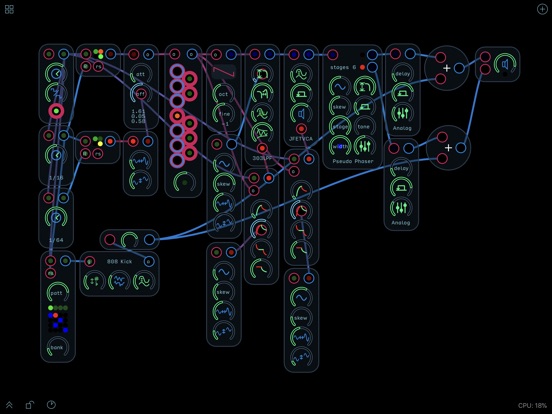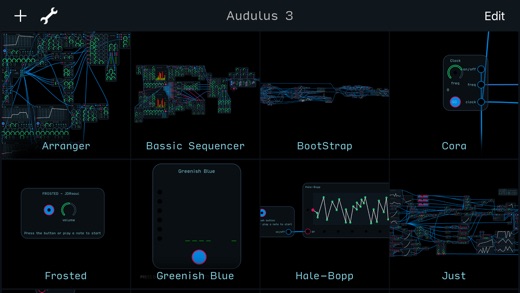

Any other use requires prior permission of the author and the Acoustical Society of America. This article may be downloaded for personal use only. Copyright (2019) Acoustical Society of America. By examining the aural tradition of Ikoro music of the Igbo's through visualizations and sonifications of beat-class theory using ski-hill graphs and circular cyclic graphs, “hidden” musical structures are revealed which possess significant cultural significance. In order to understand Ikoro music located in the listener's experience (embodied psychoacoustics), we demonstrate how mathematical music theory (beat-class theory) provides the means to articulate the “mind and body” response to the stimulus of sound. The major musical instruments that accompany most Igbo music are percussional, such as, ichaka (beaded-gourd rattle), okpokolo (wooden claves), and igba (membrane drum) and are characterized by successions of rhythmic interchange unlimited to interesting pitch, timbre, rhythm and meter by employing shifted accents, non-accented rhythms and syncopations.

The Ikoro music tradition has been viewed as an integral and indispensable part of Igbo culture at large (Onwubiko and Neilsen, 2019). Through mathematical representation (beat-class theory) of embodied acoustics (psychoacoustics) the predominance of the musical tradition of the Ikoro drum with the Igbo's can be traced from the past, into the present and forecasted into the future.
Audulus waveform meters software#
Teaching MMT with school-age students has also been piloted in secondary schools in Sydney, Australia through Richard Cohn's music theory and Andrew Milne's software applications (MARCS Institute for Brain Behaviour and Development, Western Sydney University) in the project Teaching Mathematics with Music and Music with Mathematics (Sydney 2017-ongoing). MMT and meter-related research in pedagogy continues to increase through the work of scholars (Cohn, 2001(Cohn, 2015(Cohn,, 2016(Cohn,, 2018a(Cohn,, 2018bDouthett, Clampitt and Carey, 2018 Clough and Douthett, 1991 Douthett et al, 2008 Montiel, 2018 Chew and Volk, 2008 Montiel, 2018 Gómez, 2018 Wilhelmi, 2018 Hall, 2018 Hughes, 2018 Johnson, 2018 Kochavi, 2018 Clampitt, 2008 Mannone, 2018 Milne and Calilhanna, 2019 Hamilton et al, 2018 Hilton, Calilhanna and Milne, 2018 Calilhanna 2018 Milne et al, 2016a Milne 2018a, Milne 2016bCalilhanna and Webb 2018 Calilhanna, 2017 Unpublished Onwubiko, 2019a, 2019b Calilhanna, Onwubiko and Kemewerigha, 2019b Amiot, 2019 Chiu, 2018) and through international conferences such as the Society for Mathematics and Computation in Music (SMCM).

There are two categories of wavemeters: transmission wavemeters, which have an input and an output port and are inserted into the signal path, or absorption wavemeters, which are loosely coupled to the radio frequency source and absorb energy from it. As an alternative, a dip meter can be used. Similar devices can be made for detection of mobile phones. Many radio amateurs keep them as a simple way to check their output frequency. Wavemeters are used for frequency measurements that do not require high accuracy, such as checking that a radio transmitter is operating within its correct frequency band, or checking for harmonics in the output. Then the frequency can be read from the dial. When adjusted to resonance with the unknown frequency, the resonant circuit absorbs energy, which is indicated by a dip on the meter. A wavemeter consists of an adjustable resonant circuit calibrated in frequency, with a meter or other means to measure the voltage or current in the circuit.
It is an older method of measuring frequency, widely used from the birth of radio in the early 20th century until the 1970s, when the development of inexpensive frequency counters, which have far greater accuracy, made it largely obsolete. An absorption wavemeter is a simple electronic instrument used to measure the frequency of radio waves.


 0 kommentar(er)
0 kommentar(er)
